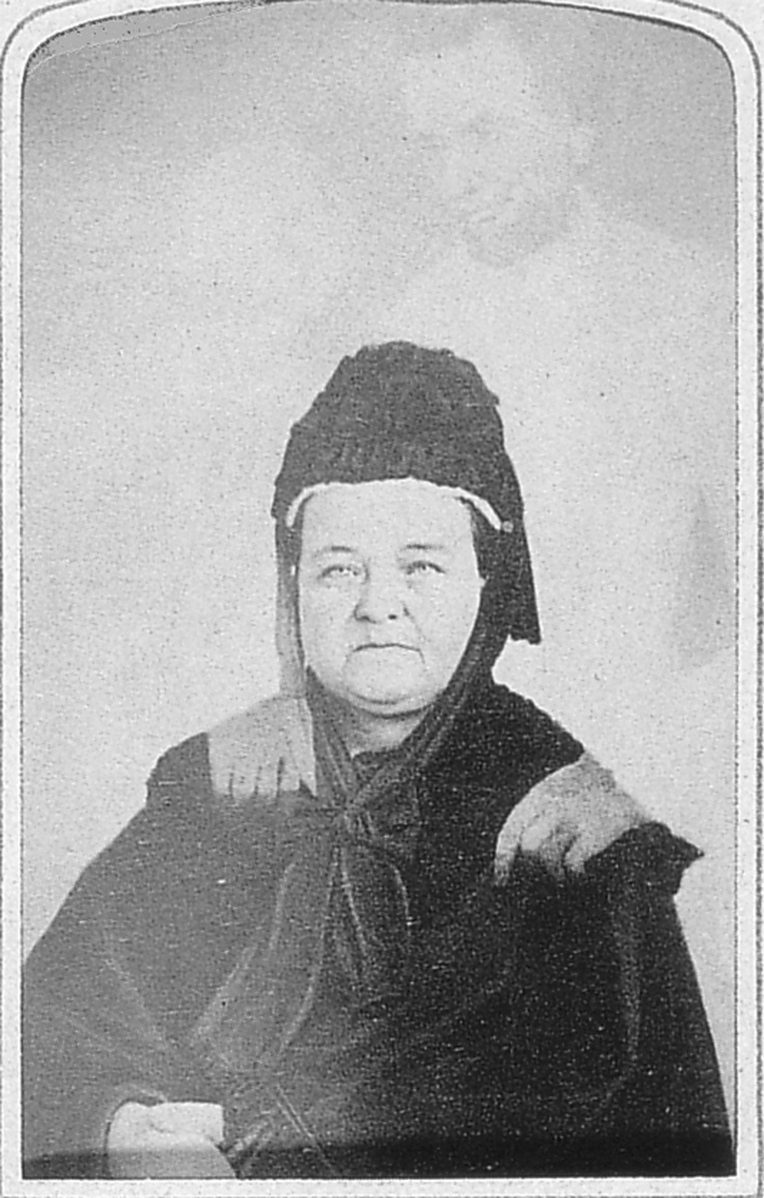Invisibilities: Translation
From the Series: Invisibilities
From the Series: Invisibilities

When corrupt elements of the Trinidad and Tobago Police Services were paid by an organized crime ring to execute a young man at my field site in 2011, they instead killed a young woman who had done nothing wrong besides borrowing the intended victim’s car. The police did not bother to notice that a female was driving the vehicle; they simply opened fire on the twenty-one year old woman. In the months following her death, those that were close to her insisted that she was “still around,” that “she ain’t rest yet,” and they vowed that she would not rest until some kind of justice was meted out to her murderers. One man saw her, standing at the shop across from his house in a recurring dream, but more often her presence was felt in intimations rather than seen with the naked eye. The unerased entry under the dead woman’s name in her aunt’s cell phone or a turn in the breeze could provoke the observation that “she spirit roaming.”
Like breath, spirits seem to be an invisible other, whose existence often remains elusive to sight. At its etymological root, spirit signifies respiration, alluding to the idea that the breath of life could separate from its material vessels to have some kind of independent existence. In her opening post in this series on invisibility, Ali Kenner shows how the often subtle and invisible act of breathing becomes visible as on object of awareness, care, and study when it becomes acutely painful. The labored breathing of the asthmatic calls attention to the ways that breath mediates between material and immaterial worlds. Similarly, when death becomes particularly violent, sudden, or unjust, the threshold between spiritus and matter is brought into sharp focus or blurred as the dead can be less willing to rest well. It seems no coincidence that late nineteenth and early twentieth century preoccupations with sensing the dead followed on the heels of episodes of mass, modern, and mechanized violent death. As the U.S. Civil War raged, the photographer William Mumler began to develop photographic plates where the semi-opaque images of deceased figures seemed to hover about his living photographic subjects. After the mass carnage of World War One, a second wave of spiritualism swept through England, renewing interest in communication with loved ones who had died or disappeared in distant battlefields. As industrial technologies made possible new scales of death, photographic technology made it possible to see distant persons and far away places, and the telegraph knit together widely disparate locales. Spirit photography and the Morse code–like rappings of the dead at spiritualist seances referenced these new technologies to imagine another form of long-distance communication: intercourse between the living and the dead (cf. Stolow 2008).

What this sketched history of technology, long-distance communication, and death shows is that modernity was marked, not by the retreat of the spirits in the face of rationality and technological advancements, but by an acute concern with translating the dead into visible and audible presences through peculiarly modern mediums. When the young woman was killed by the Trinidadian police in 2011, however, those around her were not much concerned with visibilizing her continued presence as a marker of its truth. Rather, it was her spirit’s invisibility that gave it the power to perform its work: the pursuit of justice for her murder. Her spirit allegedly afflicted those who killed her, and after one officer was warded in a mental hospital, he confessed to state authorities and testified against his colleagues. These events occasioned the unprecedented arrest and trial of the officers. Despite the fact that the fatal use of police force had topped external reports on the country for years, officers had never been convicted of any wrongdoing in a variety of cases of disputed death. When my interlocutors spoke of the dead woman’s spirit, therefore, they were concerned with a different form of long-distance communication, focused not only on contact between the living and the dead, but on communication between the living and the law. While Euro-American spiritualism seemed concerned with contacting the immaterial presences of the dead through material mediums, these subaltern Trinidadians were more concerned with contacting the opaque powers of the law through the medium of a spirit.
What this incident points toward, I would suggest, is a politics of opacity. While the aim of regimes of invisibility, as William Girard’s introduction to this series asserts, is the bringing to light of phenomena that are not easily seen, a politics of opacity assumes that it is the constant play between visibility and invisibility, rather than a telos of visibilization, that produces powers. To quote from Ali Kenner’s preceding post, my question for the remaining respondents in this discussion is whether we should focus “on making invisibilities legible” or if, instead, we might critically examine the ethics of visibilization. One of the strongest opponents of the equation of visibility with recognition is Édouard Glissant (1997), who has ardently called for the right to opacity. While visibility can signal recognition and empowerment of formerly invisible others, it can also imply an erasure of difference or a hypervisibilization of certain bodies within the normalizing gaze of racial discourse, medicine, or regimes of gender. Invisibility, however, is also a double-edged sword. Even as the workings of police corruption and the unresponsiveness of the law depended upon techniques of obfuscation in Trinidad, the justice-seeking tactics of my interlocutors also utilized rumored presences and invisible forces to expand the limits of political struggle. These considerations ask us to think about how invisibility and forms of hypervisibility might work in concert, questioning the tacit assumption that visibility is necessarily equated with power and recognition while invisibility signifies the obverse.
Glissant, Édouard. 1997. Poetics of Relation. Translated by Betsy Wing. Ann Arbor: University of Michigan Press. Originally published in 1990.
Stolow, Jeremy. 2008. "Salvation by Electricity." In Religion: Beyond a Concept, edited by Hent de Vries, 668–86. New York: Fordham University Press.